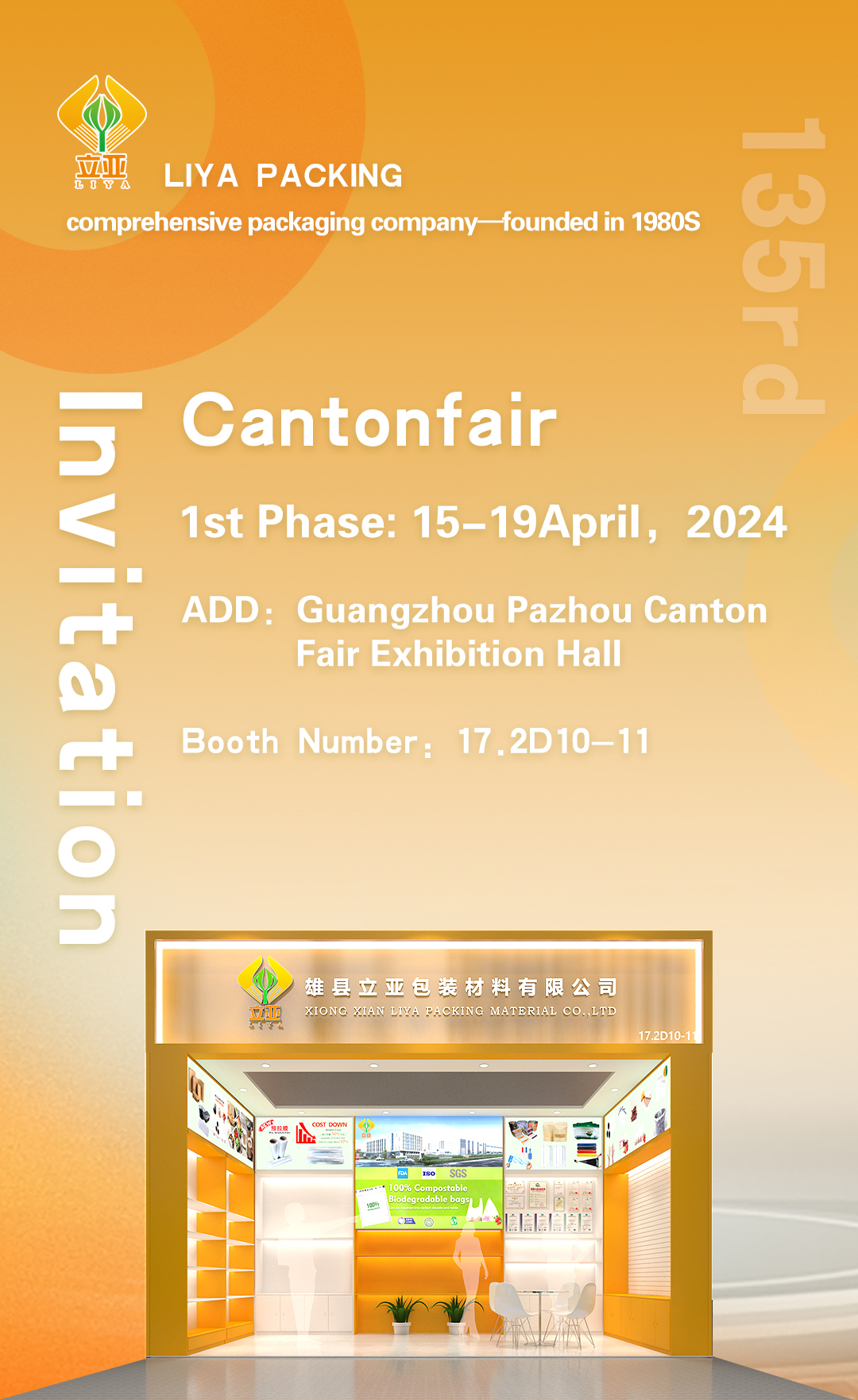Exploring the Benefits and Applications of PVC, PE, and PVDC Materials in Industry
Exploring the Role of PVC, PE, and PVDC in Modern Packaging Solutions
In the realm of modern packaging, the materials used play a pivotal role in determining the effectiveness, sustainability, and overall appeal of packaged products. Among the myriad of options available, PVC (Polyvinyl Chloride), PE (Polyethylene), and PVDC (Polyvinylidene Chloride) stand out due to their unique properties and applications. Understanding these materials is essential for industries seeking to enhance packaging performance while balancing cost, safety, and environmental impact.
PVC (Polyvinyl Chloride)
PVC is one of the most widely used plastics in the world. Known for its durability and versatility, PVC is found in a range of applications from construction materials, such as pipes and siding, to medical supplies and consumer goods. In packaging, PVC offers excellent clarity, making it a preferred choice for products that require visibility, such as food and retail items. Its robust nature allows for long-term storage of products, providing a barrier against moisture and contaminants.
However, the use of PVC in packaging has raised environmental concerns due to its chlorine content and the by-products generated during its production and disposal. As a result, manufacturers are increasingly seeking alternatives that combine performance with lower environmental impact, prompting a shift towards more sustainable materials.
PE (Polyethylene)
PE is another significant player in the packaging industry, celebrated for its lightweight, flexibility, and resistance to moisture. There are various forms of polyethylene, including low-density polyethylene (LDPE) and high-density polyethylene (HDPE), each serving different purposes. LDPE is often used in applications such as plastic bags and shrink wraps, whereas HDPE is more commonly used for bottles and containers.
One of the key advantages of PE is its recyclability. The recycling process for polyethylene is relatively straightforward, contributing to a circular economy. However, the challenge lies in ensuring that consumers and businesses actively participate in recycling efforts. Increasing awareness and infrastructure for proper disposal can enhance the positive impact of PE on reducing plastic waste.
pvc pe pvdc

PVDC (Polyvinylidene Chloride)
PVDC is renowned for its exceptional barrier properties, making it an ideal choice for food packaging and products that require protection against oxygen, moisture, and light. This material is often used as a coating for other plastics, enhancing their performance while maintaining the clarity and aesthetic appeal that consumers expect. PVDC-laminated films are particularly valuable in the food industry, as they help prolong shelf life and reduce spoilage.
Nevertheless, the environmental impact of PVDC has also come under scrutiny. While it offers remarkable protective qualities, the material is not as widely recyclable as PE. This has led researchers and companies to explore biodegradable alternatives and innovative packaging designs that minimize waste while maintaining barrier properties.
The Future of Packaging Innovations and Sustainability
As the world grapples with the issue of plastic pollution, the packaging industry is under pressure to evolve. Innovations in biodegradable materials and sustainable practices are on the rise. Emerging bioplastics, derived from natural sources, offer promising prospects for reducing dependency on conventional plastics like PVC, PE, and PVDC.
Additionally, the focus on lifecycle assessments ensures that companies are considering not only the performance of materials but also their environmental footprints. Educating consumers about proper recycling and the benefits of sustainable packaging can drive demand for more eco-friendly options.
In conclusion, PVC, PE, and PVDC each play vital roles in the packaging landscape, offering unique benefits and challenges. While they have been staples of the industry due to their advantageous properties, the push for sustainability and innovation is transforming how we approach packaging solutions. By prioritizing environmental considerations, the packaging sector can pave the way for a more sustainable future, balancing functionality with responsibility.
-
The Best Uses for Small Trash Bags in Daily LifeNewsJul.01,2025
-
Stylish Reusable Grocery Bags TrendsNewsJul.01,2025
-
Shipping Advantages of Using Bubble Envelopes BulkNewsJul.01,2025
-
How Compostable Mailing Bags Reduce Environmental ImpactNewsJul.01,2025
-
Environmentally - Friendly Bulk Poly MailersNewsJul.01,2025
-
Eco Friendly Custom Laminated Tote BagsNewsJul.01,2025
-
Have the freedom of customizing your custom mailers any way you want! Our dedicated packaging support will help deliver you the mailing experience you need to elevate your shipping experience to the next level! Start making a strong impression on your customers and stand out from your competitors! -
LIYA uses high quality raw materials which directly purchased from large enterprises domestic and overseas such as PetroChina, Sinopec, Sabic, Equate, ExxonMobil, Dow Chemical, Total, and Borouge, ensuring the price advantage and quality of the raw materials. -
LIYA uses high quality raw materials which directly purchased from large enterprises domestic and overseas such as PetroChina, Sinopec, Sabic, Equate, ExxonMobil, Dow Chemical, Total, and Borouge, ensuring the price advantage and quality of the raw materials.





